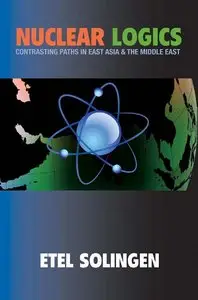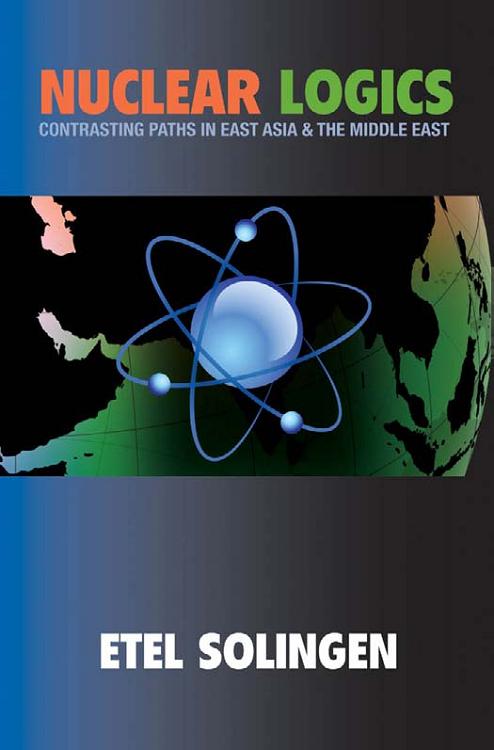Etel Solingen, "Nuclear Logics: Contrasting Paths in East Asia and the Middle East"
Princeton University | 2007 | ISBN: 0691131473, 0691134685 | 420 pages | PDF | 1,2 MB
Princeton University | 2007 | ISBN: 0691131473, 0691134685 | 420 pages | PDF | 1,2 MB
Nuclear Logics examines why some states seek nuclear weapons while others renounce them. Looking closely at nine cases in East Asia and the Middle East, Etel Solingen finds two distinct regional patterns. In East Asia, the norm since the late 1960s has been to forswear nuclear weapons, and North Korea, which makes no secret of its nuclear ambitions, is the anomaly. In the Middle East the opposite is the case, with Iran, Iraq, Israel, and Libya suspected of pursuing nuclear-weapons capabilities, with Egypt as the anomaly in recent decades.
Identifying the domestic conditions underlying these divergent paths, Solingen argues that there are clear differences between states whose leaders advocate integration in the global economy and those that reject it. Among the former are countries like South Korea, Taiwan, and Japan, whose leaders have had stronger incentives to avoid the political, economic, and other costs of acquiring nuclear weapons. The latter, as in most cases in the Middle East, have had stronger incentives to exploit nuclear weapons as tools in nationalist platforms geared to helping their leaders survive in power. Solingen complements her bold argument with other logics explaining nuclear behavior, including security dilemmas, international norms and institutions, and the role of democracy and authoritarianism. Her account charts the most important frontier in understanding nuclear proliferation: grasping the relationship between internal and external political survival. Nuclear Logics is a pioneering book that is certain to pre an invaluable resource for researchers, teachers, and practitioners while reframing the policy debate surrounding nonproliferation.
Summary: Theory and case studies done properly
Rating: 5
This is one book that actually lives up to its marketing blurbs and publisher's review. The author starts out by reviewing existing theories for nuclear proliferation. She then poses her own theory that outside threats that pre an incentive for nuclearization and outside constraints working against nuclearization are all examined against and filtered through the domestic regime. Regimes that are authoritarian, autarkic and inward-looking tend to magnify threats and shrug off economic disincentives against going nuclear. The theory even accounts for Israel, a democracy, and presumably India as well (although South Asian cases aren't examined in the case studies). Etel Solingen then argues that nuclearization is the norm in the Middle East and the exception in East Asia because these inward-looking regimes are the norm in the Middle East and the exception in Asia. She gives Egypt in the Mideast and North Korea in East Asia as exceptions that defy the regional norm but not her theory. In each individual case study she compares her theory with traditional explanations to demonstrate the superiority of her theory both for explanatory purposes and for making preditions. This is how I was taught as a graduate student that theory should be done, but which is rarely seen after the doctoral dissertation is completed. In taking on Israel she even demonstrates that she is willing to take on the tough rather than the easy cases–the ones that seem to defy her theory on the face of it. This book is highly recommended both for those interested in nuclear proliferation and those interested in how International Relations (or social science in general) theory should be done.
Download
Not all books on AvaxHome appear on the homepage.
In order not to miss many of them follow ebooks section (see top of each page on AH)
and visit my blog too :)
In order not to miss many of them follow ebooks section (see top of each page on AH)
and visit my blog too :)
NO MIRRORS according to the rules



